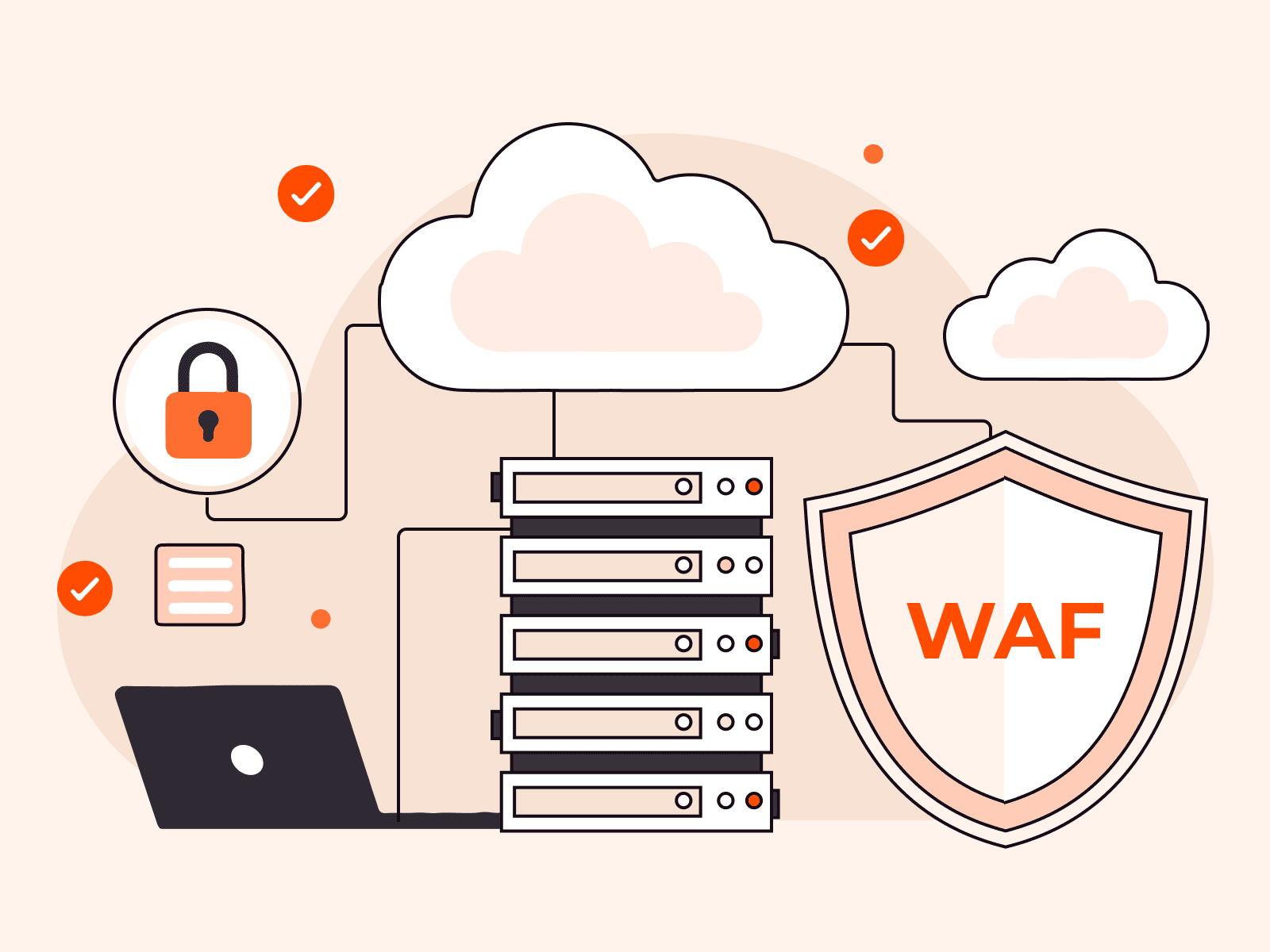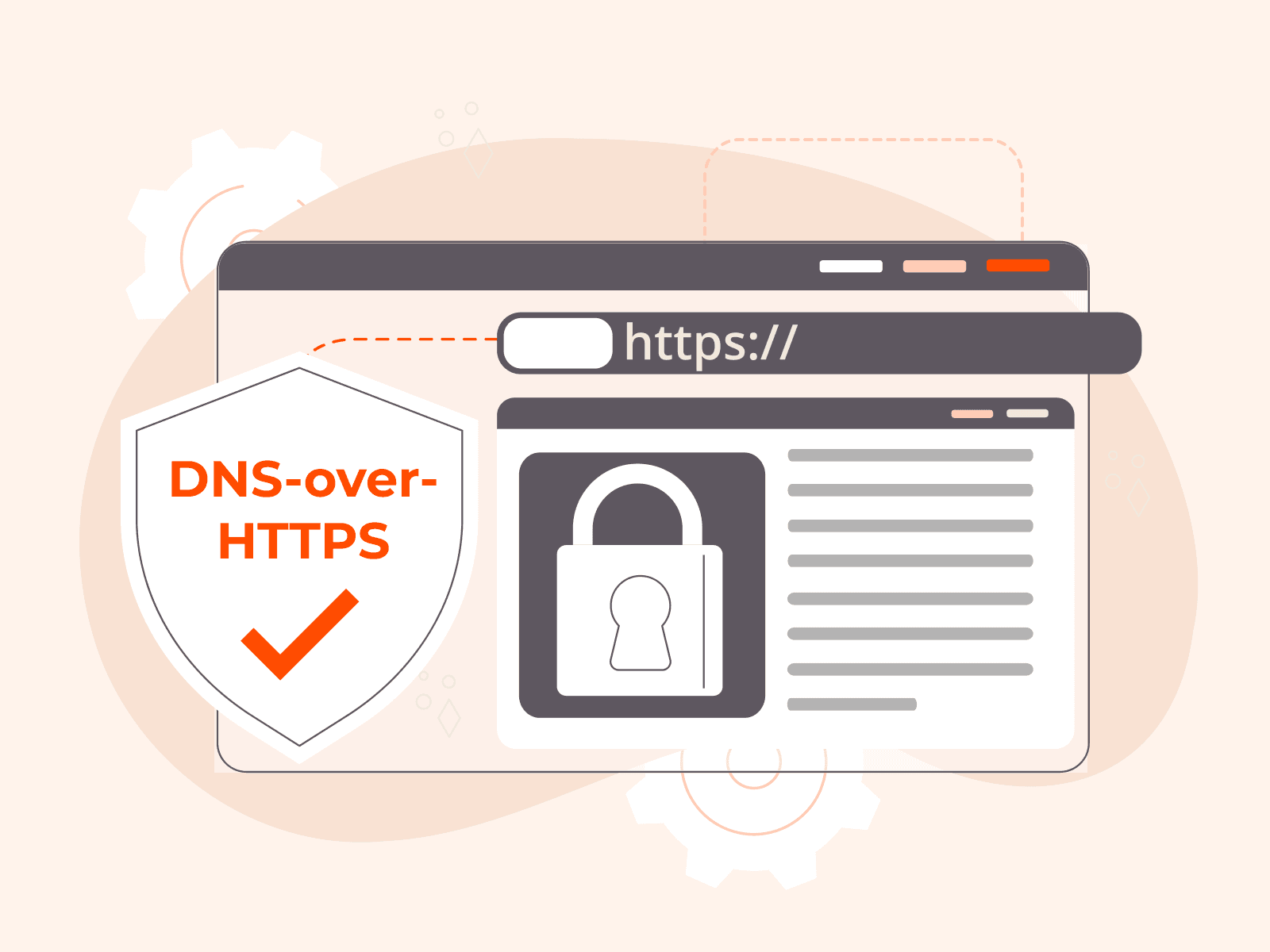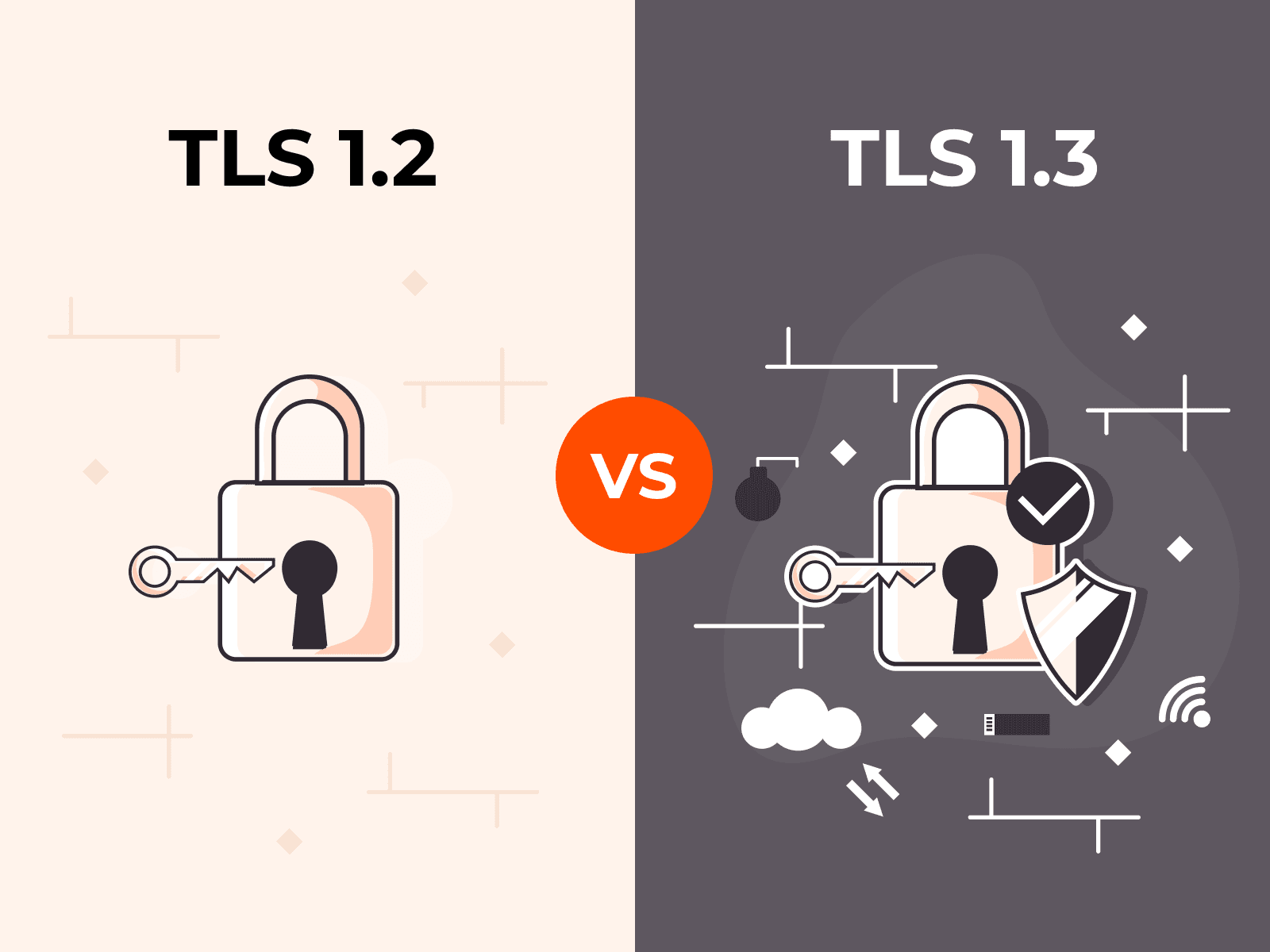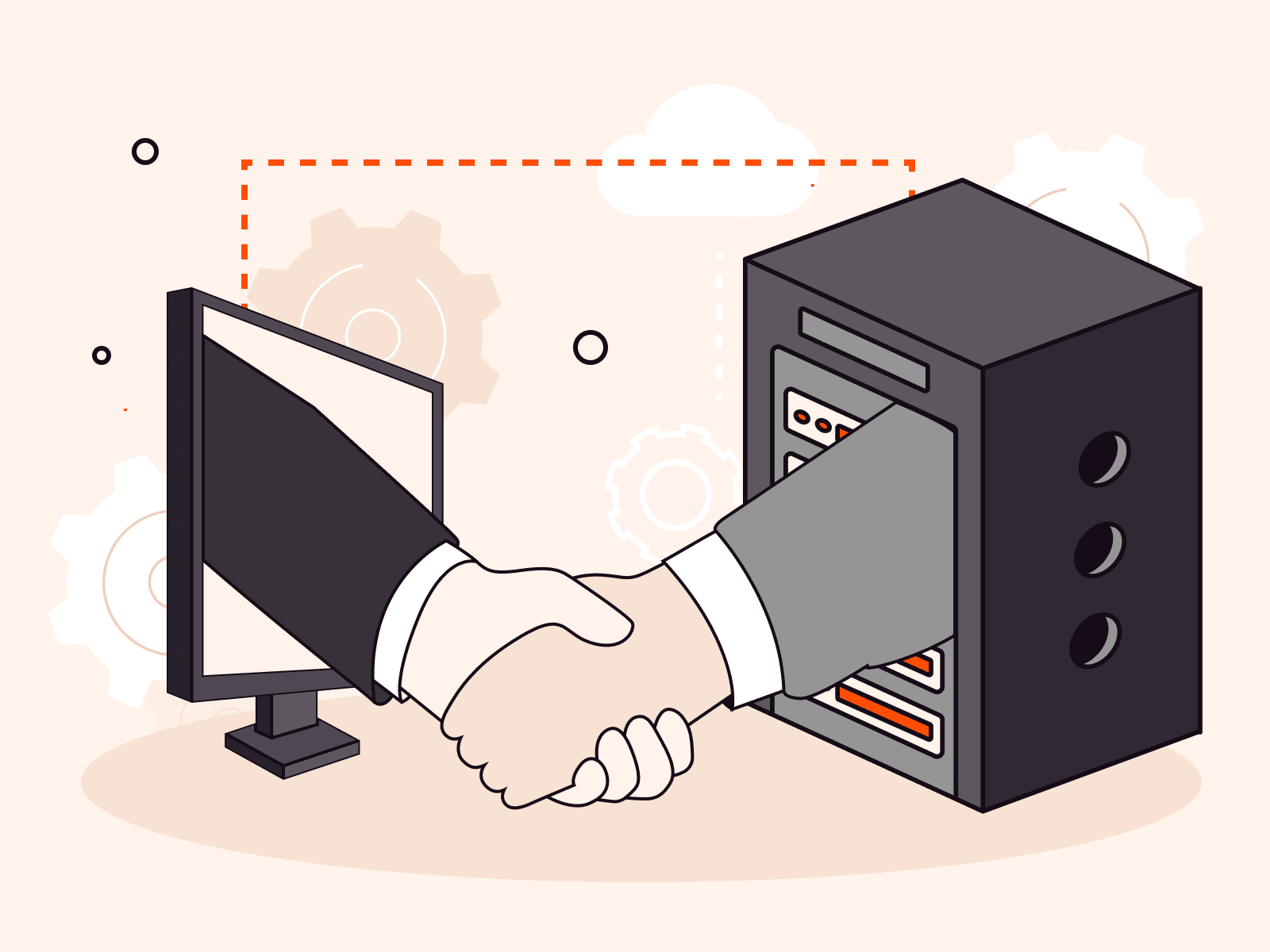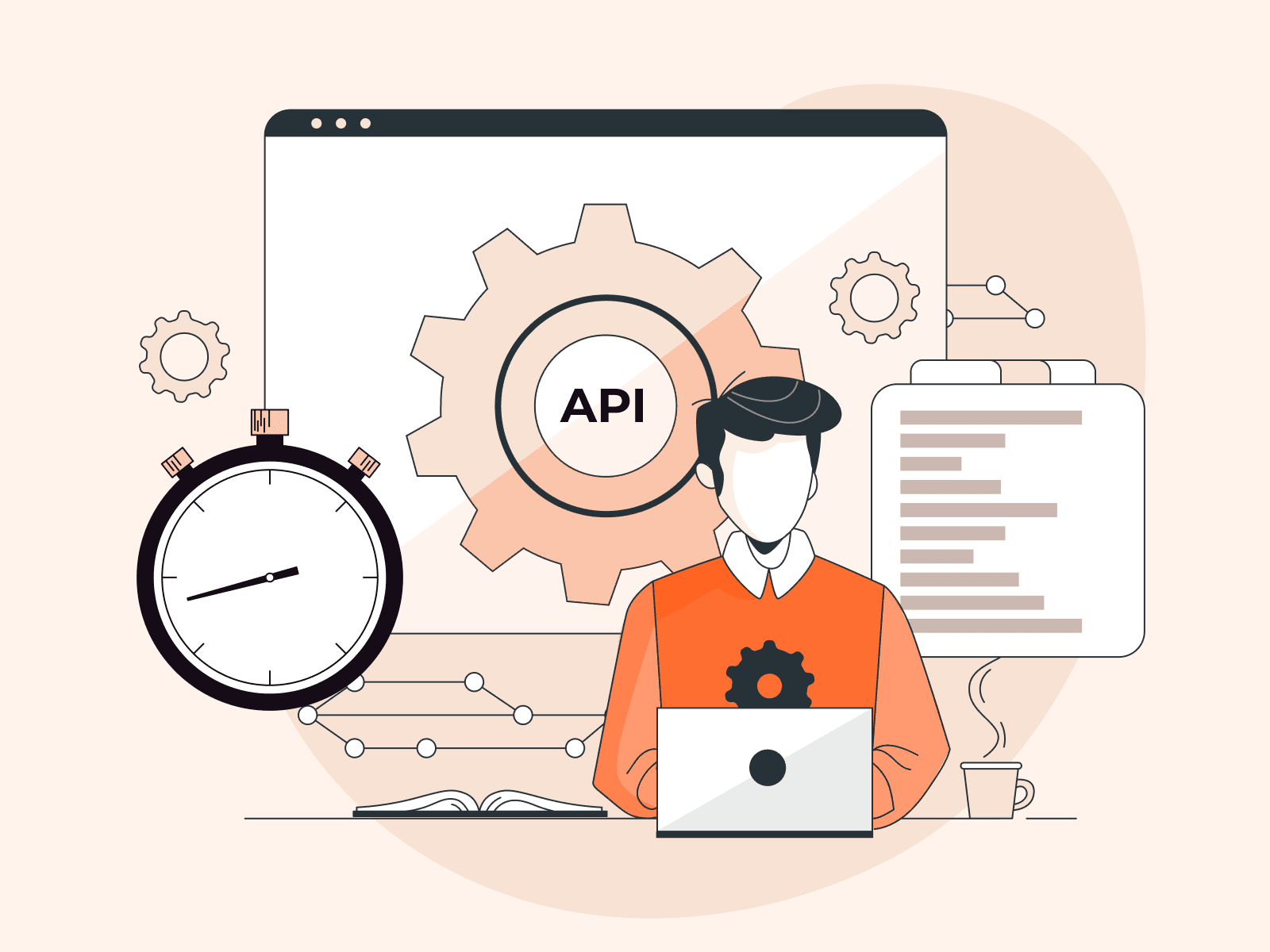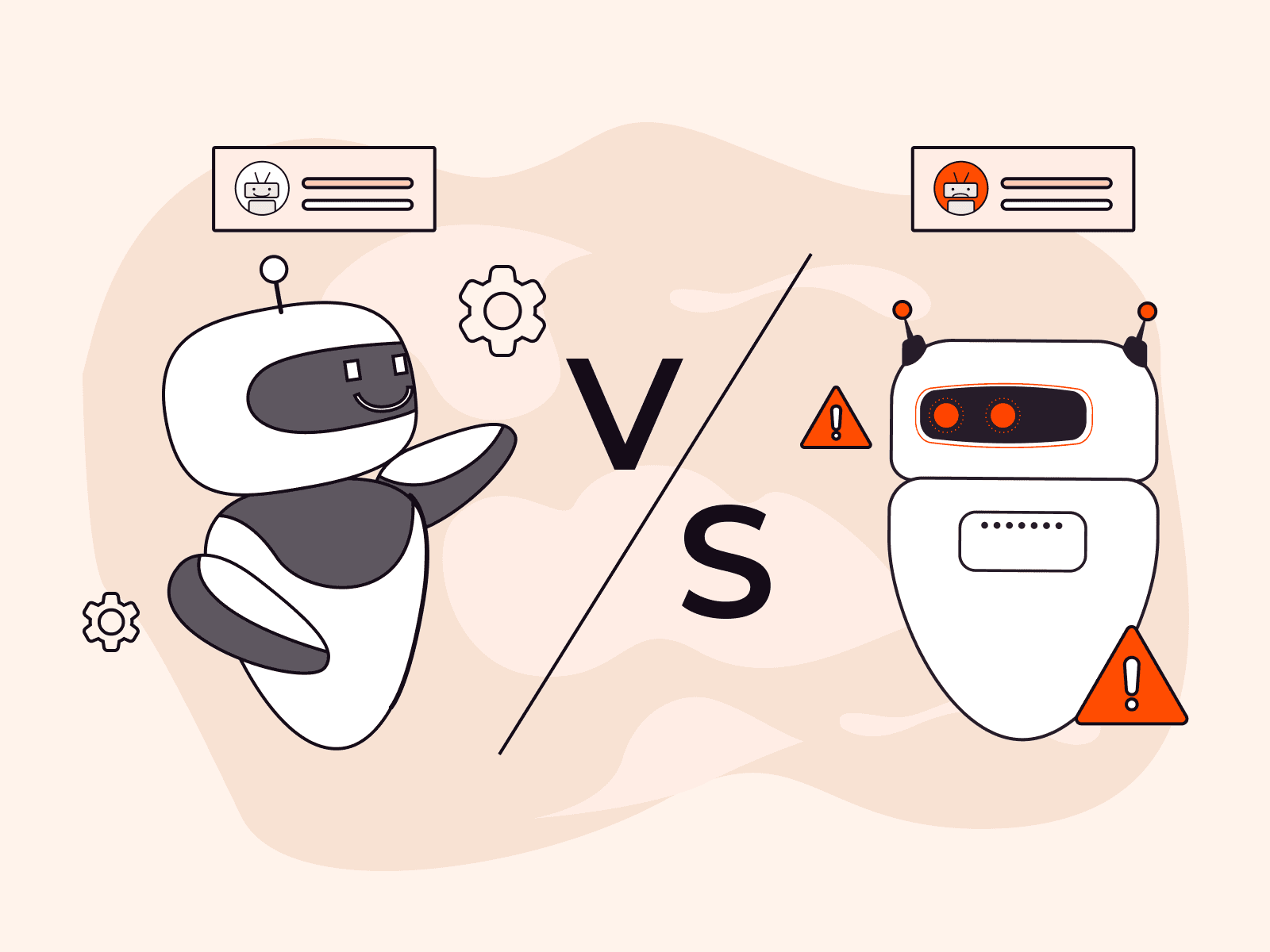A cloud WAF (Web Application Firewall) is a security service deployed in the cloud that protects web applications from attacks such as SQL injection, cross-site scripting (XSS), and DDoS by filtering and monitoring HTTP/HTTPS traffic between the internet and your application. These services are delivered as managed SaaS solutions, requiring minimal setup and maintenance compared to on-premises hardware.
Cloud WAFs work by routing your application traffic through their security infrastructure before requests reach your servers. The service inspects each HTTP/HTTPS request against predefined rule sets and threat intelligence databases, blocking malicious traffic in real time.
Deployment models include edge-based protection (closest to end users), in-region filtering, and hybrid approaches that secure both cloud and on-premises applications.
The core features of a cloud WAF include advanced threat detection capabilities that rely on global threat intelligence, machine learning algorithms, and rule sets like the OWASP Top 10. For example, one provider includes over 7,000 attack signatures covering CVEs and known vulnerabilities, while another offers more than 250 predefined OWASP, application, and compliance-specific rules. These features update automatically as new threats emerge.
The benefits of using a cloud WAF extend beyond basic security. You get instant scalability. Some platforms process over 106 million HTTP requests per second at peak, without managing infrastructure. Setup takes minutes instead of weeks. You also gain access to real-time threat intelligence gathered from millions of protected applications worldwide, which improves detection accuracy and reduces false positives.
Cloud WAFs are important because web application attacks continue to increase in volume and complexity. Protecting your applications with cloud-based filtering means you can focus on building features while the security service handles evolving threats automatically.
What is a cloud WAF?
A cloud WAF is a security service that protects web applications by filtering and monitoring HTTP/HTTPS traffic between users and your application. It blocks attacks like SQL injection, cross-site scripting (XSS), and DDoS before they reach your servers.
It's delivered as a managed service in the cloud. You don't need to install or maintain hardware. The provider handles updates, scaling, and threat intelligence automatically.
Cloud WAFs inspect every request in real time. They utilize rule-based engines, machine learning, and global threat data to identify and block malicious traffic while allowing legitimate users to pass through without delay.
How does a cloud WAF work?
A cloud WAF inspects HTTP and HTTPS traffic in real time before it reaches your web application, filtering out malicious requests while allowing legitimate traffic through. The service sits between your users and your application servers, analyzing every request against security rules and threat intelligence data.
Here's how it works: When a user sends a request to your application, the cloud WAF intercepts it at the edge of the network. It examines the request headers, body, and parameters for attack patterns like SQL injection, cross-site scripting, and other OWASP Top 10 threats.
The system employs multiple detection methods, including predefined rule sets that identify known attack signatures, machine learning algorithms that detect anomalous behavior, and real-time threat intelligence feeds that block emerging exploits.
If the WAF identifies a malicious request, it blocks it immediately. It can also trigger additional actions, such as CAPTCHA challenges or IP blocking. Clean requests pass through with minimal latency, often under a millisecond, because the WAF runs on globally distributed edge networks close to your users.
The system also applies granular access controls based on criteria you define. You can filter traffic by geographic location, whitelist or blacklist specific IP addresses, enforce rate limits to prevent abuse, and use device fingerprinting to identify and block malicious bots.
Modern cloud WAFs continuously update their rule sets and threat intelligence databases. This protects against zero-day vulnerabilities without requiring manual intervention from your team.
What are the main features of a cloud WAF?
The main features of a cloud WAF refer to the core capabilities that enable cloud-based web application firewalls to protect applications from cyber threats. The main features of a cloud WAF are listed below.
- Real-time traffic filtering: Cloud WAFs inspect all HTTP and HTTPS requests before they reach your application, blocking malicious traffic instantly. This filtering occurs at the edge, stopping attacks such as SQL injection and cross-site scripting before they can cause damage.
- OWASP Top 10 protection: These systems include predefined rule sets that defend against the most common web vulnerabilities identified by OWASP. You receive automatic protection against injection attacks, broken authentication, and security misconfigurations without manually creating rules.
- Machine learning detection: Cloud WAFs analyze traffic patterns and user behavior to identify zero-day exploits and emerging threats. This intelligent detection adapts to new attack methods, catching threats that traditional rule-based systems miss.
- Bot mitigation: Advanced bot detection separates legitimate traffic from malicious automated requests using device fingerprinting, CAPTCHA challenges, and behavioral analysis. This stops credential stuffing, content scraping, and account takeover attempts.
- Global threat intelligence: Cloud WAF providers share attack data across their entire network, applying lessons from one attack to protect all customers. When a new threat appears anywhere in the system, defenses update automatically for everyone.
- IP reputation filtering: These systems maintain databases of known malicious IP addresses and automatically block traffic from suspicious sources. You can also create custom allow and deny lists based on geographic location or specific IP ranges.
- Rate limiting: Cloud WAFs control the number of requests a user can make within a specific timeframe, preventing application-layer DDoS attacks. This feature protects your infrastructure from being overwhelmed by excessive legitimate-looking requests.
- Custom rule creation: You can build specific security rules tailored to your application's unique requirements and traffic patterns. This flexibility allows you to address specific vulnerabilities or business logic flaws that generic rules may not cover.
What are the benefits of using a cloud WAF?
The benefits of using a cloud WAF refer to the advantages organizations gain from deploying web application firewall services in the cloud rather than on-premises. The benefits of using a cloud WAF are listed below.
- Minimal setup requirements: Cloud WAFs work as managed services, so you don't need hardware installation or complex configuration. You can protect applications within minutes instead of weeks.
- Automatic updates: Threat intelligence and security rules update automatically across the global network. This means protection against zero-day exploits without manual intervention.
- Global threat intelligence: Cloud WAFs analyze traffic patterns across millions of websites to identify emerging threats. This shared intelligence blocks attacks before they reach your applications.
- Elastic scaling: Traffic processing scales automatically during DDoS attacks or traffic spikes. No capacity planning needed. Leading platforms handle millions of requests per second without performance degradation.
- Lower total costs: You pay only for what you use. No need to invest in hardware, maintenance, or dedicated security staff. This model reduces upfront capital expenses by 60-80% compared to appliance-based solutions.
- Multi-environment protection: A single cloud WAF protects applications across cloud, on-premises, and hybrid environments. This unified approach simplifies security management regardless of where applications run.
- Real-time threat blocking: Machine learning and rule-based engines inspect HTTP/HTTPS traffic in real time, stopping malicious requests instantly. Sub-millisecond latency means security doesn't slow down legitimate users.
- Built-in compliance support: Predefined rule sets cover OWASP Top 10, PCI DSS, and other regulatory requirements out of the box. This reduces the complexity of meeting industry standards.
What are common cloud WAF use cases?
Cloud WAF use cases refer to the specific scenarios and applications where organizations deploy cloud-based Web Application Firewalls to protect their web applications and APIs from security threats. Here are the most common cloud WAF use cases.
- OWASP Top 10 protection: Cloud WAFs block the most critical web application security risks, including SQL injection, cross-site scripting (XSS), and broken authentication. These protections use predefined rule sets that update automatically as new attack patterns emerge.
- DDoS attack mitigation: Cloud WAFs filter malicious traffic during distributed denial-of-service attacks, keeping applications available for legitimate users. The distributed architecture absorbs attack traffic across multiple edge locations before it reaches your origin servers.
- API security: Organizations use cloud WAFs to protect REST and GraphQL APIs from abuse, unauthorized access, and data exfiltration attempts. Rate limiting and token validation prevent API scraping and credential stuffing attacks.
- Bot mitigation: Cloud WAFs identify and block malicious bots while allowing legitimate ones, such as search engine crawlers. Detection methods include CAPTCHA challenges, device fingerprinting, and behavioral analysis to distinguish between human users and automated threats.
- Compliance requirements: Cloud WAFs help organizations meet regulatory standards, such as PCI DSS, HIPAA, and GDPR, by providing security controls and detailed logging. You can apply geolocation filtering to restrict access based on data residency requirements.
- Multi-cloud protection: Cloud WAFs secure applications across different hosting environments, including public clouds, private data centers, and hybrid deployments. This unified approach simplifies security management when your applications span multiple platforms.
- Zero-day vulnerability defense: Cloud WAFs apply virtual patches immediately when new vulnerabilities are discovered, protecting applications before developers can deploy code fixes. Global threat intelligence feeds enable real-time updates across all protected applications.
How to choose the right cloud WAF solution
You choose the right cloud WAF solution by evaluating your security requirements, deployment architecture, performance needs, and management capabilities against each provider's features and pricing.
- First, identify your specific security requirements and compliance obligations. Determine if you need protection against OWASP Top 10 vulnerabilities, bot mitigation, API security, or industry-specific compliance, such as PCI DSS for payment processing or HIPAA for healthcare data.
- Next, assess your application architecture and hosting environment. Verify the WAF supports your deployment model (whether you run applications in the cloud, on-premises, or across hybrid environments) and can protect all your endpoints, including web apps, APIs, and microservices.
- Then, evaluate the provider's threat intelligence capabilities and update frequency. Check if the solution includes machine learning-based detection, real-time threat feeds, and how quickly it responds to zero-day vulnerabilities. Leading solutions update attack signatures within hours of new threat discovery.
- Compare performance impact and global coverage. Look for providers with edge networks near your users to maintain sub-millisecond latency, and verify they can handle your peak traffic volumes without throttling legitimate requests.
- Review management and operational requirements. Determine if you need a fully managed SaaS solution with minimal configuration or prefer granular control over custom rules. Check if the interface provides clear visibility into blocked threats and false positive rates.
- Test integration capabilities with your existing security stack. Ensure the WAF integrates with your SIEM tools, logging systems, and incident response workflows, and supports your preferred authentication methods, such as SSO or API keys.
- Finally, analyze pricing models and hidden costs. Compare per-request pricing with bandwidth-based models, check for additional fees on features such as bot detection or DDoS protection, and calculate total costs, including data transfer charges, at your expected traffic volumes. Start with a proof-of-concept deployment on a non-critical application to validate detection accuracy and performance impact before rolling out protection across your entire infrastructure.
What are the challenges of implementing a cloud WAF?
The challenges of implementing a cloud WAF refer to the technical, operational, and organizational obstacles teams face when deploying and managing cloud-based web application firewall solutions. The challenges of implementing a cloud WAF are listed below.
- Configuration complexity: Setting up a cloud WAF requires deep understanding of application architecture, traffic patterns, and security requirements. You'll need to define custom rules, tune sensitivity levels, and configure exception lists to avoid blocking legitimate traffic. Misconfigurations can lead to false positives that disrupt the user experience or false negatives that allow attacks to pass through.
- False positive management: Cloud WAFs can flag legitimate requests as malicious, blocking valid users and breaking application functionality. Fine-tuning rules to reduce false positives takes time and expertise, especially for complex applications with diverse traffic patterns. Organizations often spend weeks adjusting rules after initial deployment to achieve the right balance.
- Performance impact concerns: Adding a cloud WAF introduces an extra layer of inspection that can increase latency for every HTTP/HTTPS request. Leading solutions deliver sub-millisecond latency. However, applications requiring ultra-low response times may still experience noticeable delays. Test thoroughly to measure actual performance impact on your specific workloads.
- Integration difficulties: Connecting a cloud WAF to existing infrastructure requires DNS changes, SSL certificate management, and potential modifications to application code. Organizations running hybrid environments must ensure that the WAF can consistently protect both cloud and on-premises applications. API integrations with security information and event management (SIEM) systems may require custom development work.
- Rule maintenance overhead: Threat landscapes evolve constantly, requiring regular updates to WAF rules and policies. Teams must monitor security advisories, test new rule sets, and deploy updates without disrupting production traffic. Organizations with limited security staff struggle to keep pace with the over 7,000 attack signatures and emerging vulnerabilities.
- Cost predictability: Cloud WAF pricing models based on traffic volume, number of rules, or requests processed can make costs difficult to forecast. Unexpected traffic spikes or DDoS attacks can trigger significant overage charges. Analyze pricing tiers carefully and estimate peak traffic loads to avoid budget surprises.
- Visibility gaps: Cloud WAFs sit between users and applications, which can obscure the true source of traffic and complicate troubleshooting. Teams lose direct visibility into raw network packets. You'll need to rely on WAF logs for analysis instead. This abstraction makes it harder to diagnose complex issues or investigate sophisticated attacks.
- Vendor lock-in risks: Migrating between cloud WAF providers requires reconfiguring rules, retraining staff, and potentially redesigning security architecture. Custom rules and integrations built for one platform don't transfer easily to competitors. Weigh the benefits of specialized features against the long-term flexibility to change providers.
Frequently asked questions
What's the difference between a cloud WAF and an on-premise WAF?
Cloud WAFs run as managed services in the cloud. There's no hardware to maintain. On-premises WAFs require physical appliances at your location, manual updates, and dedicated IT resources to maintain their operation.
How much does a cloud WAF cost?
Cloud WAF pricing is tailored to your specific needs. Small sites typically pay $20–$200 per month, while enterprise deployments run $1,000–$10,000 per month. The cost varies based on your traffic volume, number of security rules, bot mitigation features, and support level.
Does a cloud WAF protect against DDoS attacks?
Yes, cloud WAFs protect against application-layer DDoS attacks (like HTTP floods) through rate limiting and traffic filtering. But they don't replace dedicated DDoS protection for large-scale network-layer attacks.
What is the difference between a cloud WAF and a CDN?
They serve different purposes. A cloud WAF is a security service that filters malicious HTTP/HTTPS traffic to protect your web applications. A CDN is a content delivery network that caches and serves static content from edge servers to improve load times for your users.
How long does it take to deploy a cloud WAF?
Cloud WAF deployment takes minutes to hours, not days or weeks. You simply update DNS records to route traffic through the WAF service. No hardware installation required.
Can a cloud WAF protect APIs and mobile applications?
Yes, a cloud WAF protects APIs and mobile applications. It inspects all HTTP/HTTPS traffic between clients and backend services, blocking attacks in real time. This includes SQL injection, credential stuffing, and API-specific exploits that target your application layer.
Is a cloud WAF compliant with PCI DSS and GDPR requirements?
No, a cloud WAF doesn't guarantee compliance on its own. It provides security controls that support PCI DSS and GDPR requirements; however, you'll need to configure it correctly and utilize it as part of a broader compliance program.
Related articles
Subscribe to our newsletter
Get the latest industry trends, exclusive insights, and Gcore updates delivered straight to your inbox.
